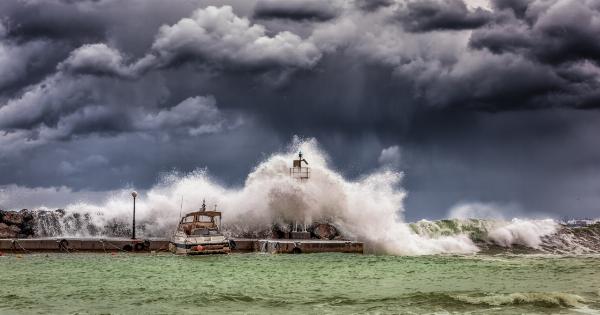Cancer is one of the most dreaded diseases of our time. According to the World Health Organization (WHO), cancer is the second leading cause of death globally, with an estimated 9.6 million deaths in 2018.
While research and investments in cancer treatment and prevention have been increasing over the years, the world still faces an impending surge of cancer cases.
Why is the incidence of cancer increasing?
The increase in the number of cancer cases is primarily due to two reasons:.
1. Aging population
Age is one of the biggest risk factors for cancer. As the world’s population ages, the number of cancer cases is expected to rise. According to the American Cancer Society, over 60% of all cancers are diagnosed in people aged 65 years or older.
By 2030, it is projected that the number of people aged 65 years and older will double to around 1 billion, which will contribute significantly to the increase in the number of cancer cases.
2. Environmental factors
Environmental factors such as pollution, exposure to radiation, tobacco use, and unhealthy diets are also contributing to the increase in cancer cases.
The International Agency for Research on Cancer (IARC) estimates that around 20% of all cancer cases are due to environmental factors. Some of the environmental factors that have been linked to cancer include:.
- Air pollution
- Water pollution
- Exposure to radiation
- Tobacco use
- Unhealthy diets
- Obesity
The impact of the impending surge of cancer cases
The impending surge of cancer cases will have a significant impact on individuals, families, and society as a whole. The impact of the increase in cancer cases includes:.
1. Economic impact
The cost of treating cancer is high and is expected to increase with the increase in the number of cancer cases.
According to the American Cancer Society, the cost of cancer care in the US is expected to reach $245 billion by 2030, which is almost double the cost in 2016. The economic impact of cancer also extends to loss of productivity due to illness and death.
2. Psychological impact
Cancer is not just a physical disease; it also has a psychological impact on individuals and their families. The fear of death, anxiety about treatment, and the financial burden of cancer care can lead to depression and anxiety.
The psychological impact of cancer can last long after treatment is over, affecting the quality of life of cancer survivors and their families.
3. Social impact
Cancer also has a social impact on individuals and society. The increase in the number of cancer cases will lead to a greater demand for healthcare services, which could result in longer waiting times for treatment and higher healthcare costs.
This could also lead to disparities in access to care, with those from lower-income backgrounds and developing countries being disproportionately affected.
Prevention and treatment of cancer
One way to reduce the impact of the impending surge of cancer cases is to focus on prevention and early diagnosis.
Cancer prevention includes reducing exposure to environmental factors that increase the risk of cancer, such as tobacco and pollution, and promoting healthy lifestyles through diet and exercise. Early diagnosis of cancer can significantly improve the chances of successful treatment and survival.
Treatment of cancer includes a wide range of options, including surgery, radiation therapy, chemotherapy, and immunotherapy. The choice of treatment depends on the type, stage, and location of cancer, as well as the overall health of the patient.
Advances in cancer research have led to the development of new and innovative treatments, such as targeted therapy and personalized medicine, which offer hope for better outcomes for cancer patients.
Conclusion
The impending surge of cancer cases is a major health challenge that requires a concerted effort from governments, healthcare providers, and individuals.
By investing in cancer prevention, early diagnosis, and innovative treatments, we can reduce the impact of cancer on individuals, families, and society.






























